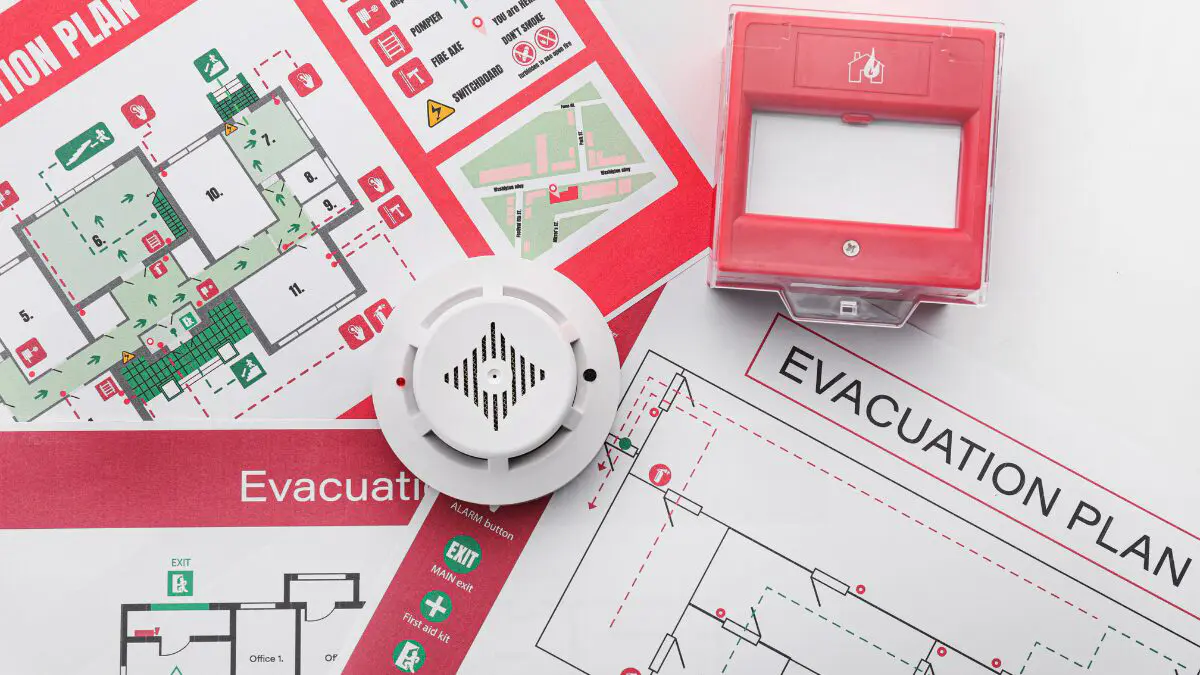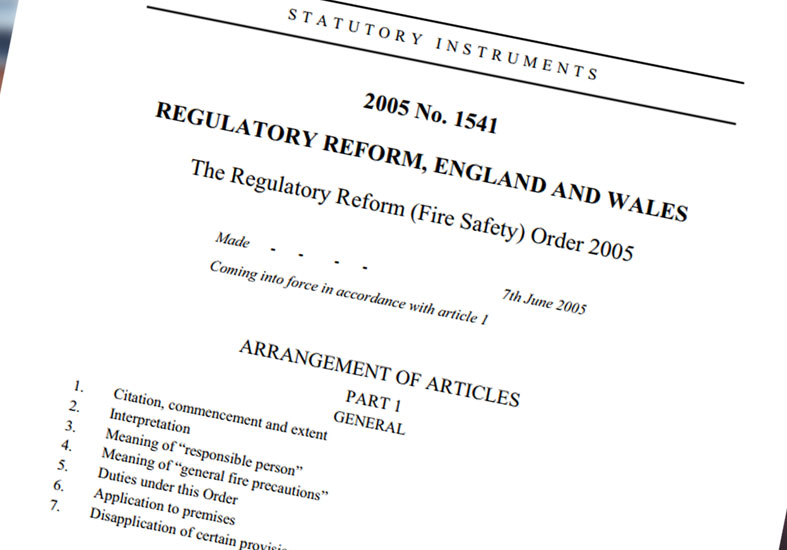Evacuation Solutions for Care Homes
Provide a dignified means of transfer and evacuation for those in need
Meeting the Safety Needs of an Ageing Population
When a loved one enters a care home, it’s more than a change of address, it’s placing their safety, dignity and wellbeing in the hands of others. With age often comes reduced mobility, fragility or cognitive decline, making even the simplest tasks a challenge – let alone escaping quickly in an emergency. In those critical moments, they are utterly dependent on their carers to get them to safety.
Care home residents are some of the most vulnerable people in our society. They rely on support not just for daily routines like eating, dressing or getting out of bed but for life-saving action when time is running out. And in an emergency, every second truly matters.
Care Home Magazine reports that in the UK, 441,479 people live in residential and nursing care homes. Knowing that a loved one is protected and well cared for provides invaluable reassurance and peace of mind for both individuals with care needs and their families.
According to Age UK, the older population in England is steadily increasing. Over the past 40 years, the number of people aged 50 and over has risen by more than 6.8 million, a 47% increase, whilst those aged 65 and over have increased by 3.5 million, representing a 52% rise. Today, more than 10 million people in the UK are aged 65 and over, accounting for 18% of the population. Looking ahead, the number of people aged 65 to 79 is expected to grow by 30% over the next 40 years, surpassing 10 million, whilst those aged 80 and over, the fastest-growing age group, are projected to more than double, reaching over 6 million.
With a growing demand for assisted living and full-time care, care homes are increasing in both size and capacity. But as the number of residents, rooms and stairwells increases, so too do the risks in an emergency. That’s why effective evacuation and transfer solutions are not just important – they’re essential. Every stairwell should be equipped with an Evac+Chair to ensure that no resident is left behind and that their safety and dignity are protected when it matters most.

Planning for Change: Adapting Evacuation Strategies for Evolving Care Needs
In the event of a fire, lifts are taken out of service, leaving stairs as the only evacuation route in multi-level buildings. For elderly and vulnerable individuals, this can significantly delay an evacuation due to their more complex mobility and support needs. This challenge is even greater in care home settings, where a high number of residents may require assistance to evacuate safely.
When lifts are out of service, stairs often become the only route, posing significant challenges in care environments. Without appropriate equipment, carers may be unable to safely assist residents, leaving them confined to their rooms and isolated from dining areas, communal spaces and vital social interaction. This isolation can have a profound impact on both mental health and overall wellbeing.
An Evac+Chair ensures residents are never left behind, no matter the circumstances. It offers a safe, dignified means of movement throughout the building, helping to preserve independence, foster inclusion and enrich overall quality of life.
Every organisation must develop a robust and regularly reviewed evacuation plan to ensure it remains effective and up to date. A critical consideration when planning Personal Emergency Evacuation Plans (PEEPs) is that medical conditions can change over time, particularly amongst elderly populations. It is therefore essential that all evacuation plans and PEEPs are routinely reassessed and updated to ensure they remain appropriate and effective in the event of an emergency.
When evacuating individuals who require assistance, they may be unable to transfer themselves into an Evac+Chair due to age or disability. Likewise, the person assisting may not be able to lift them safely without risking a fall or injury. The ProMove Sling offers an innovative solution: a lightweight, portable moving and handling device that serves as an excellent alternative to a hoist. It provides a safe, comfortable and dignified transfer option during emergency evacuations.

The Care Act 2014
The Care Act 2014 is a key piece of UK legislation that reforms adult social care in England, placing the well-being of individuals at its heart. Here’s a summary of its main points:
- Well-being Principle: Local authorities must promote individuals’ physical, mental and emotional well-being in all care decisions.
- Eligibility and Assessments: Everyone is entitled to an assessment of their care needs, regardless of finances, with national eligibility criteria to ensure consistency.
- Personalised Care: Introduces personal budgets and direct payments, giving people more choice and control over their care.
- Carer Support: Recognises and strengthens the rights of unpaid carers, entitling them to assessments and support.
- Safeguarding: Requires local authorities to protect adults at risk of abuse or neglect through multi-agency cooperation.
- Prevention and Early Support: Emphasises early intervention to reduce or delay the need for more serious care.
Overall, the Act promotes a person-centred, fair and transparent approach to adult social care.

Regulatory Reform Fire Safety Order 2005, amended by The Fire Safety Act in 2021
The legislation places a legal duty on those responsible for premises known as the Responsible Person, typically a care home manager, to ensure fire safety and protect people from the risk of fire – particularly crucial in care settings where occupants may be vulnerable.
- Risk Assessments: Care homes must carry out regular and thorough fire risk assessments that consider the specific needs of residents, especially those with reduced mobility or cognitive impairments.
- Personal Emergency Evacuation Plans (PEEPs): Residents unable to self-evacuate must have individual evacuation plans tailored to their needs, reviewed regularly as health conditions change.
- Safe Means of Escape: Stairwells must be accessible and appropriate evacuation equipment must be available and staff trained in their use.
- Staff Training: All staff must receive fire safety training, including how to assist residents during an evacuation.
- Fire Detection and Prevention: Adequate fire alarms, extinguishers and prevention systems must be in place and maintained.

Browse our trusted solutions for safe and dignified care evacuations.
When every second counts, having the right equipment in place is essential. Our range of evacuation solutions offer safety, ease of use and dignity for residents who need assistance. From lightweight Evac+Chairs to versatile transfer aids, each product supports carers in delivering swift, effective evacuations when it matters most.
Looking for support?
Our friendly Customer Experience team is here to help, every step of the way!
Contact us









